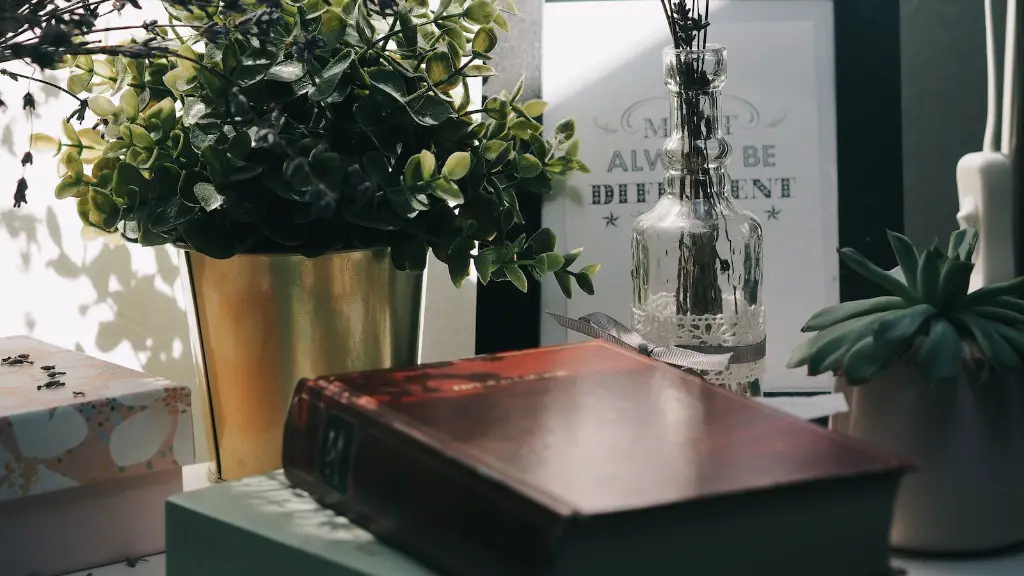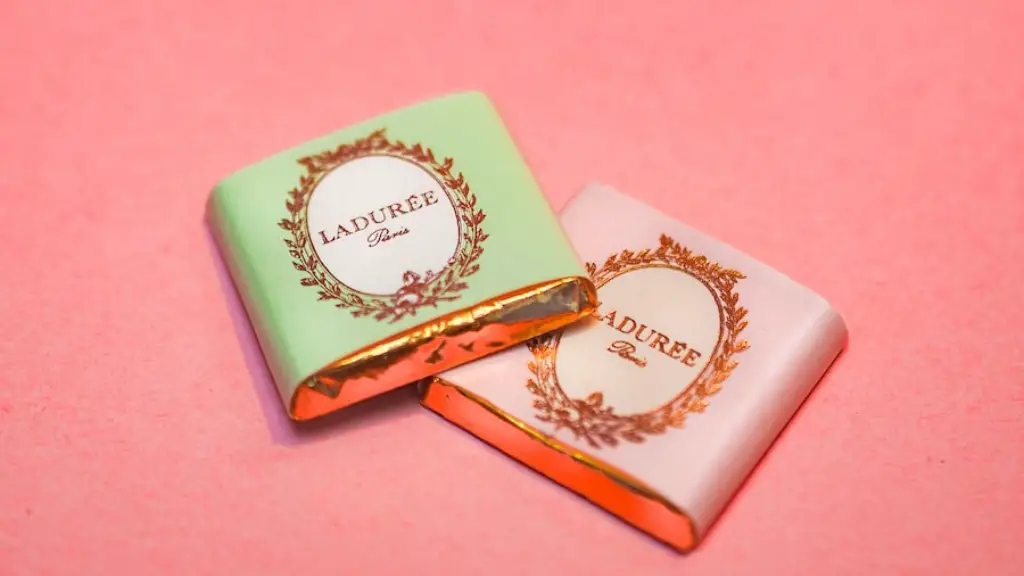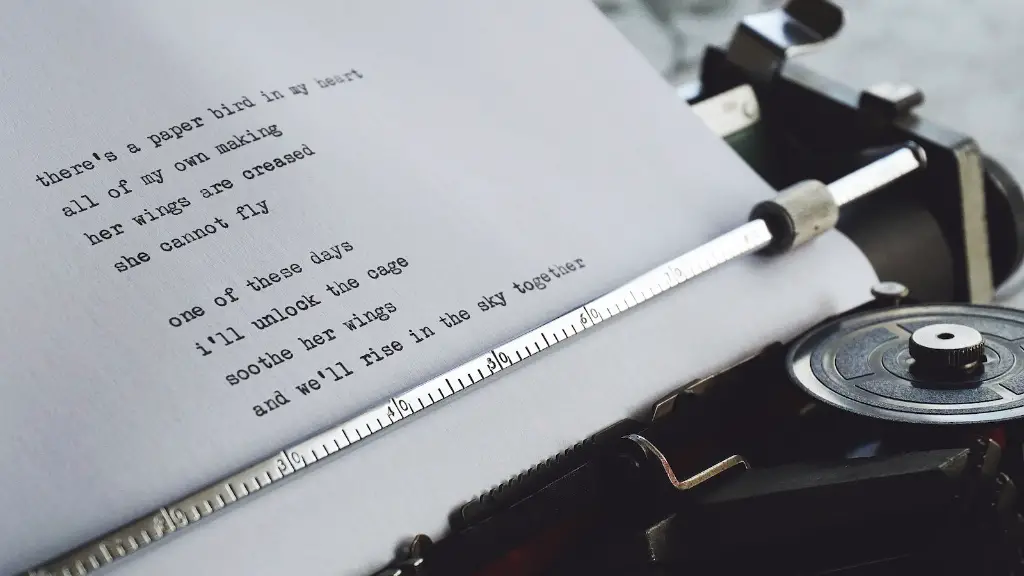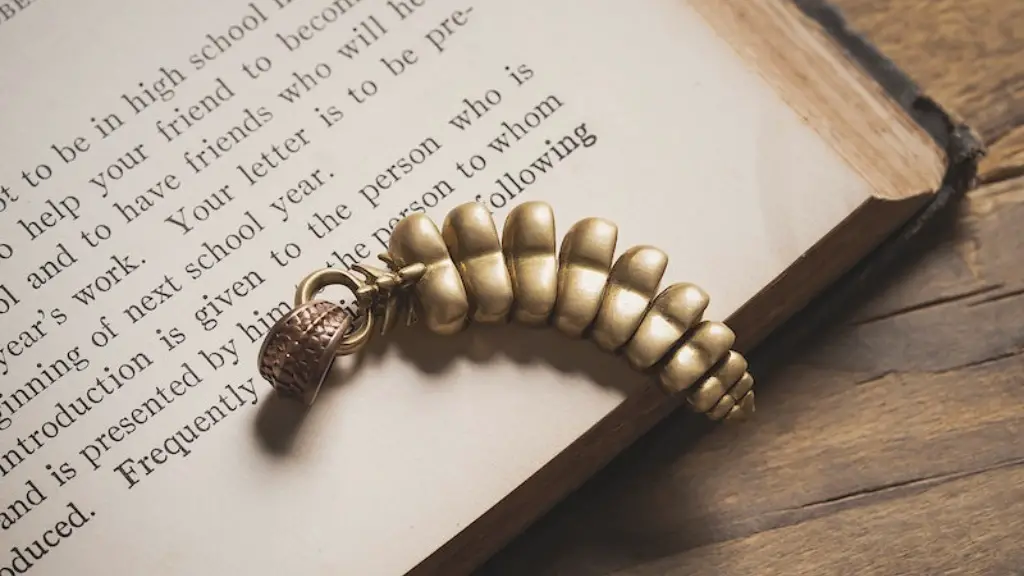What is the art of poetry? In it’s simplest form, poetry is the art of using words in an imaginative way to express emotions, ideas, thoughts and experiences. Poetry can take many forms, from the straightforward and literal, to the abstract and sublime. It can be a tool for conveying meaning in a powerful and emotional way. It is also capable of conveying a wide range of tones, moods and emotions, making it an invaluable form of communication.
At its heart, poetry is about how language is used to convey feelings and meaning, rather than simply to tell a story. There are some basic principles that can be used to understand what makes a good poem. For example, poetic structure is a vitally important component of good poetry. Rhyme, rhythm and repetition are techniques used to create a more harmonious and engaging poem.
In terms of style, language choices are crucial. The use of descriptive words and metaphors can help to convey meaning and emotion in a unique and powerful way. Word choice is important in creating a certain style, but so is the syntax, or sentence structure. Unique sentence structures can help to create a sense of rhythm and flow in a poem.
Furthermore, diction, which is the selection of words used in a poem, is also key to ensuring its success. Different words can evoke different emotions, and create a certain atmosphere in the poem. Diction can also be used to create a tone, or overall feeling in the poem.
Another important factor in successful poetry is the use of imagery. Imagery is a powerful technique used to create vivid images and ideas in the mind of a reader. Well-constructed imagery can help to bring the poem to life and give it an extra dimension.
Finally, the subject matter of a poem is also an important aspect. The subject can be anything the poet wishes to express, from humor to anguish, from love to heartache. Poetry can tackle a wide range of topics and contexts, from the simple and mundane to the bizarre and abstract.
The Art of Using Metaphors
The use of metaphors is an important poetic tool, and can be used to convey deeper meanings and emotions in a poem. A metaphor is a comparison between two unlike things, where one item is used to describe another. The use of metaphors can be used to add more depth and color to how an idea is communicated. For example, a poem comparing the sadness of a twilight sky to a broken heart may be more effective in conveying the emotion the poet wishes to express than a straightforward description of a heartbreak.
Metaphors can also be used to create a certain atmosphere or mood in a poem. For example, if a poet wishes to evoke a feeling of sadness, then the use of metaphors can help to create a sense of gloom or melancholia. Metaphors can be used in a range of contexts, from the humorous to the serious, and can be incredibly powerful in communicating a message or idea.
The Art of Free Verse
Another important form of poetry is free verse. Free verse is a form of poetry where the poet does not adhere to any rules or structure. It allows for greater freedom of expression and can convey meaning in an unconventional way. Unlike traditional forms of poetry, free verse does not rely on techniques such as rhyme, metre and repetition and instead relies on imagery and diction to convey its message. Free verse can be used to create a sense of exploration and freedom, as the poet is not confined to any form or structure.
Free verse can be particularly helpful when a poet wishes to express something in a way that is unconventional or unconventional. It allows the poet to explore new language and words, and to create poetry that is truly individual. Free verse poetry can be seen as an exploration of a poet’s own thoughts and ideas, without restrictions or limitations.
The Art of Consonance
Consonance is a poetic technique which involves using repeated consonant sounds in a poem. This can create a certain rhythm and flow in a poem, and can help to create a certain atmosphere or mood. The use of consonance can be used to create a sense of cohesion and fluidity in a poem, as well as to communicate a certain feeling or emotion.
For example, a poem using repeated s sounds may evoke a feeling of sadness or sorrow, while repeated l sounds may convey a feeling of lightness. The use of consonance can be particularly effective in free verse poems as it can create a sense of structure and rhythm in a poem without relying on rhyme or metre.
The Art of Alliteration
Alliteration is the repetition of consonant sounds at the beginning of words, and is commonly used in poetry. This is a technique used to create a certain rhythm and flow in a poem, as well as to create a certain atmosphere or mood. Alliteration can be used to highlight certain words or ideas in a poem, as well as to make a poem more memorable.
It can be used in traditional poetry, such as ballads or sonnets, or in more unconventional forms such as free verse. Alliteration can be used to create a sense of cohesion and sense of continuity, as well as to emphasise certain words and ideas. Alliteration is a particularly effective device for creating an atmosphere or mood in a poem, as the repeated consonant sounds can evoke certain emotions in the reader.
The Art of Symbolism
Symbolism is an important poetic device which uses symbols to convey a deeper meaning or emotion. Symbols such as colours, objects or animals can be used to create a vivid and memorable image in a poem. For example, a poet may use a white dove to represent peace and serenity, or use a red rose to symbolise love and passion. Symbolism can be used to give a poem an extra dimension, and to evoke certain feelings or emotions in the reader.
Symbolism can also be used to convey a certain message, or to communicate a meaning on a deeper level. A simple image or symbol can be used to communicate complex ideas and meanings. Furthermore, symbolism can also be used to create a certain atmosphere or mood, or to convey a certain tone or emotion.
The Art Of Humour
Humour can be an effective poetic tool, and can be used to give a poem an extra dimension. Humour can be used to lighten the mood of a poem, or to inject a sense of playfulness and fun into a poem. Humour can be used in a range of contexts, from the light-hearted and silly, to the dark and absurd.
Humour can also be used to add depth and complexity to a poem. For example, a poem may use humour to make a comment or statement about a certain issue or topic. Humour can also be used to highlight certain ideas or themes in a poem, or to provide an extra layer of meaning or emotion.
The Art Of Repetition
Repetition is a key poetic device and can be used to create a certain rhythm and flow in a poem. Repetition can be used to emphasise a particular word or phrase, as well as to create a certain mood or atmosphere. Furthermore, repetition can be used to create a certain structure or pattern in a poem, as well as to convey a certain message or feeling.
The use of repetition can also be used to create a sense of unity and continuity in a poem. Repeating a certain line or phrase can help to create a sense of cohesion, as well as to add a layer of complexity and meaning. Repetition can also be used to creative a sense of tension or anticipation, as the reader awaits the resolution of the repeated phrase or line.
The Art Of Rhyme
Rhyme is an important poetic tool which is used to create a certain rhythm and flow in a poem. Rhyme is the repetition of similar sounding words at the end of a line or stanza, and is used to create a more harmonious and engaging poem. Rhyme can be used to add depth and resonance to a poem, as well as to create a certain tone or atmosphere.
Rhyme can also be used to create a certain rhythm and structure in a poem. Rhyme can be used in traditional forms of poetry, such as sonnets or ballads, or more unconventional forms such as free verse. Rhyme can be used to create a sense of unity and continuity in a poem, as well as to create a sense of rhythm and flow.





